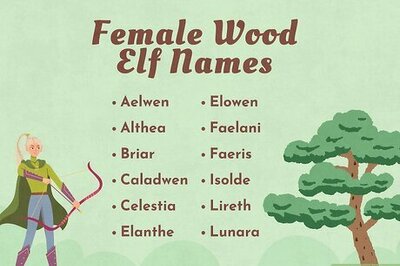
views
NASA’s new planet-hunting brainchild, the Transiting Exoplanet Survey Satellite (TESS), has just discovered its first exoplanet, circling in close proximity to a star named HD 21749. The star in question is situated 53 light years away from us, and is roughly 80 percent the mass of the Sun. Given this, and the fact that the newly discovered world circles its star very closely, and scientists would assume that it is a potentially inhabitable world, at least for life in the way we know it.
Nevertheless, the discovery is of significant importance. TESS, which has only been in business for about a year, is expected to flaunt better technology and higher efficiency than the legendary Kepler Space Telescope, which discovered over 2,500 exoplanets in its lifetime. That accounts for nearly 70 percent of all exoplanets discovered by us, but scientists expect that TESS is equipped to surpass that.
In order to discover exoplanets, TESS uses the transit observation method, in which it observes potential candidate stars for brightness blips, which signify the transit of a planet around a star. Using the calculated mass and radius of a star, in comparison to the planetary disc that forms the momentary shadow as it crosses the star, TESS can determine the approximate size of the planet in question, and even its potential proximity from its star. This further helps scientists back on Earth calculate the overall properties of the star, and whether the potentially discovered exoplanet falls within the “habitable zone" of the star — a demarcated region that would theoretically host conditions favourable for water to exist in liquid form, and in turn, support life as we know it today.
The new planet, on this note, lies in very close proximity of its star, and completes one full orbit around the HD 21749 star in 7.8 Earth days. Furthermore, the star itself is not exactly a dim dwarf, and as a result, the newly discovered world is likely to be extremely hot, which ideally would not support any form of life.
Astronomers believe that TESS has the potential to discover exoplanets that fall within the habitable zone, which would help direct other observational telescopes such as the soon to be launched James Webb Space Telescope to make more minute observations about exoplanet atmospheres, thereby scanning for gaseous configurations that closely resemble the life-supporting environment of the Earth.




















Comments
0 comment